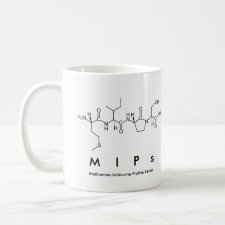
Authors: Wichner NM, Ghavtadze N, Würthwein EU, Koller H
Article Title: Imprinting With Phenyl Group Interactions: A Case Study of the Hybrid Sol-Gel Encapsulation of the Complex {Na[Ph2P(O)-CH2-P(O)Ph2]3}+.
Publication date: 2010
Journal: Journal of Physical Chemistry C
Volume: 114
Issue: (51)
Page numbers: 22590-22596.
DOI: 10.1021/jp107581g
Abstract: The sodium complex cation, {Na[Ph2P(O)-CH2-P(O)Ph2]3}+, is used as a guest species in acid-catalyzed aqueous sol-gel processes of tetraethoxysilane and phenyltriethoxysilane. Raman spectroscopy in combination with band assignments from DFT calculations, solid-state NMR, and thermal analyses are applied to study the structural integrity of the sodium complex and to characterize the structural properties of the sol-gel materials. The sodium complex is decomposed at a synthesis pH value of 1, whereas it is encapsulated intact at pH = 4. Calcination removes the complex, and micropores are observed. Phenyl group interactions between the complex surface and the phenyl-functionalized hybrid gel are suggested to take place in the encapsulation process. The spherically shaped sodium complex serves as a model compound for surface interactions between aromatic groups during the genesis of an encapsulated sol-gel hybrid material, and it can be regarded as a soft complex, whose structural stability is of the same order as the interaction energy with its environment
Template and target information: {Na[Ph2P(O)-CH2-P(O)Ph2]3}+



Join the Society for Molecular Imprinting

New items RSS feed
Sign-up for e-mail updates:
Choose between receiving an occasional newsletter or more frequent e-mail alerts.
Click here to go to the sign-up page.
Is your name elemental or peptidic? Enter your name and find out by clicking either of the buttons below!
Other products you may like:
 MIPdatabase
MIPdatabase









